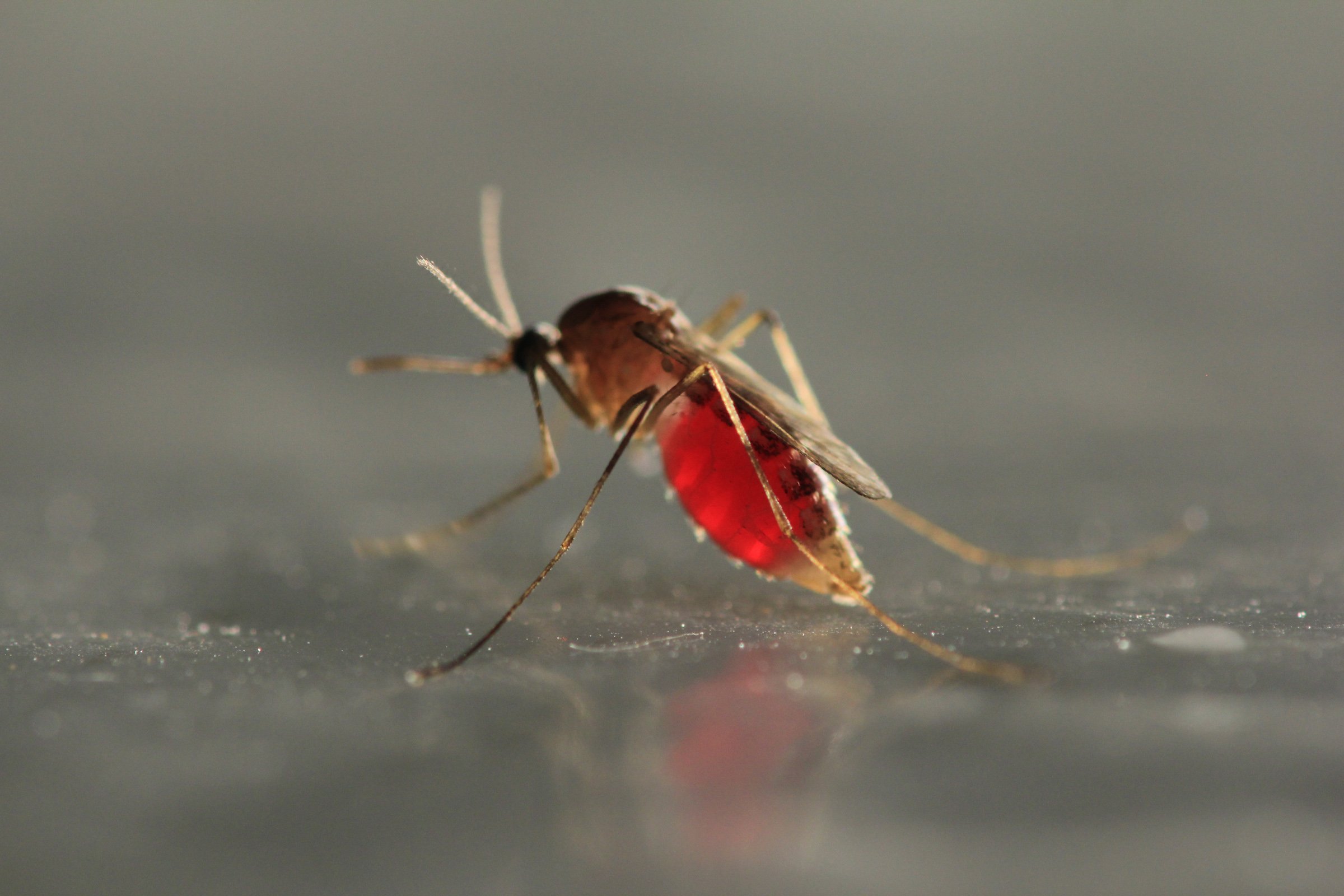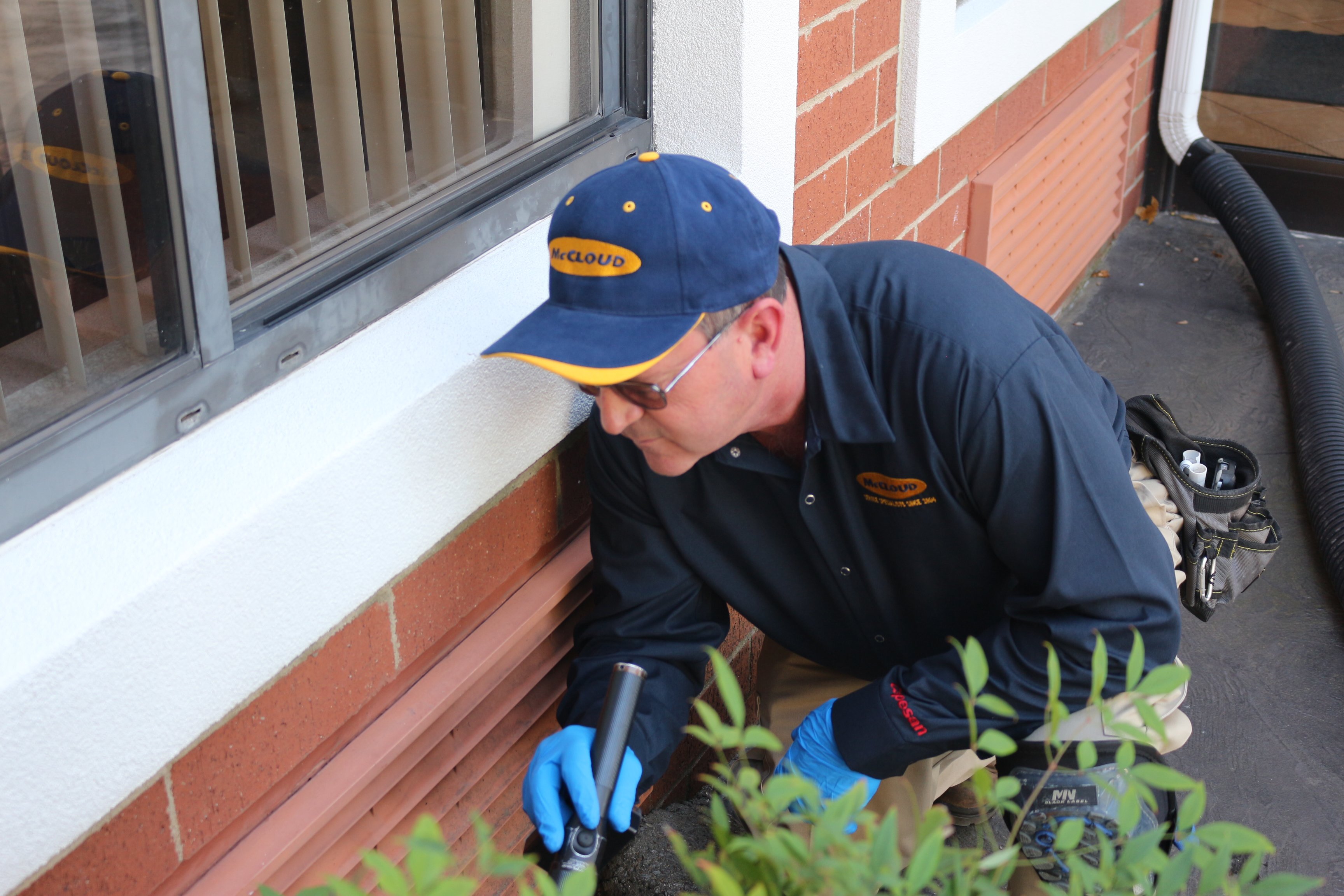Hotels operators have a typical routine for spring pests. Depending on the location of a property, operators know when to step up their pest-management practices in accordance with the emergence of pests, such as box elder flies, which overwinter in the walls of a building and can make their way into guestrooms at the onset of warm weather. However, abnormal shifts in temperature throughout late 2016 and early 2017 could change the pest-control game slightly.
Ron Harrison, director of technical services for pest-management company Orkin, said it isn’t uncommon for insects to falsely emerge thinking its spring, only to die later during a cold snap. According to Harrison, insects develop a sort of natural antifreeze to prevent their cells from rupturing and resist low temperatures during fall, but after these insects have been roused from hibernation they are often unable to survive temperatures under 20 degrees.
“Inconsistent temperatures are not good for bugs,” he said. “For the insects that invade buildings, such as bed bugs and cockroaches, there will be little effect on their population. It’s bugs that live outside and find their way inside that are a concern.”
Patricia Hottel, technical director for pest management provider McCloud Services, said last year’s biggest pests of note included the aforementioned box elder flies, as well as yellow jackets and cluster flies, but they may not be seen in such great numbers this year due to cold—and warm—weather trends.
“Pests such as rodents can benefit from weather that shifts from warm to cold, but those who have had their emergence triggered early could suffer and not be so numerous,” Hottel said.
The standard procedure for fighting pests that can thrive in our current weather conditions, according to Hottel, is to treat the exterior of the property in late spring or early summer by sealing identified openings. Caulking and resealing known trouble areas can save your property and guests from headaches down the road by preventing pests from making their way inside in the first place, but timing is everything. If you are sealing your property in late summer, you may be too late.
Harrison said rodents are a major concern for hotels not only because guests find their presence unpleasant, but they are also carriers of disease and microorganisms. Specifically, rodents often carry ticks, which bite and can cause lyme disease, and if rodents prosper it’s possible to see an increase in the flea or tick populations.
Harrison also recommended pet-friendly hotels take extra precautions because even the cleanest of pets can become carriers for fleas, ticks and a number of other undesirables. However, broaching the subject with guests can sometimes be touchy.
“You need a good relationship, a good feeling of trust between the traveler and customer, but still remain direct and open,” Harrison said. “Tell guests that it happens and that it has nothing to do with them, but you expect them to tell you ahead of time if you have a problem. From my perspective, pest-management professionals are always conscious of the customer and are polite, but at the end of the day you have to be honest.”

Summer Bites
Last year, vacation hotspot Miami suffered from one of the lowest tourism turnouts the destination has ever experienced, due in part to the outbreak of the mosquito-born Zika virus. Many operators have been hoping that efforts made to combat the virus and its spread will have made a dent in its presence throughout the region, and many others like it, but predictions from the Centers for Disease Control and Prevention show that Zika is still out in force.
Harrison said the virus is not to be played with, and prevents real health risks to hotel guests and employees. The first step for operators wanting to take an offensive stance against the pest is to find out if Zika-carrying mosquitos are present in their local area. This is easier than it sounds; only two species of the insect carry the virus.
Hottel said that at this point, it’s a best practice for hotel employees in infected areas to start using repellant on an individual basis. In addition, employees should be prepared to share information about the pests to guests from out of town; operators may think they are scaring guests away, but a lack of knowledge can only lead to infection.
“I’m pro education, and guests are not just going to visit your property,” Hottel said. “It would be beneficial to provide tips in general, such as telling guests not to leave patio doors open.”
Most of all, Hottel said that Zika is a problem that is larger than the hotel industry, and it isn’t going away. “This is a community-based concern, and is not necessarily something hospitality can solve on its own,” she said. “Eliminating standing water, keeping consistent airflow throughout the property and informing guests are all proactive strategies.”
This is potentially the biggest shift brought about by Zika: The realization that outdoor pest control is not a tertiary concern for hotels. Prior to Zika, mosquitoes were aggravating and sometimes dangerous, but ants and termites often topped them in the eyes of hotel operators due to their ability to damage property.
“Last year showed us that part of our space is outside,” Harrison said. “Zika showed us that part of the customer experience meant being taken care of off property, and pest control has extended outdoors to meet them.”

Adapt to Win
Bed bugs have such a negative effect on the guest experience that surely one would think the industry has found a way to rid hotels of them for good, but this is not the case. Tip Fairchild, director of business development for CleanBrands, said that bed bug populations have jumped 500 percent over the past five years, but the public is only dimly aware of their presence for myriad reasons.
“Bed bugs really ran their cycle out in the media around 2010 when they appeared somewhat heavily, but the numbers haven’t gone down,” Fairchild said. “What you are seeing now is hotels taking a preemptive approach to having a strong pest control component, otherwise guest reviews would speak for themselves.”
Fairchild credits bed bugs’ reappearance to their ability to quickly develop resistances to potent chemicals, though pest-management professionals have since taken on a dual-treatment approach using either heat or cold in conjunction with dust-like chemicals to treat affected rooms. But Fairchild said he still encounters too many hotels that don’t have a plan at all.
“A bi-weekly or bi-monthly check, using trained service dogs or operators to inspect guestrooms, is the minimum requirement,” he said. “If you treat bed bugs straight away, you may only have to shut down a room or too. Wait too long and you are shutting down a whole floor.”
Joseph Latino, president of Allergy Technologies, said most bed bugs are still found five feet from the bed. Common areas to check for them include headboards, side boards, box springs, mattresses, picture hooks and guestroom furniture such as sofas or chairs.
“Because they can last so long without meals, they can exist in upholstered fabrics,” Latino said. “Luggage racks are also common places for bed bugs to hide in, and can help transport them from room to room.”
Bed-bug prevention is still steeped in education, which is one area where Latino said hotels are excelling. “You don’t hear any more horrific stories of people coming to a hotel manager with a bed-bug problem, and the manager doesn’t understand what they are talking about,” Latino said. “We’ve also gotten away from a lot of the misinformation regarding bed bugs. We used to think diatomaceous earth was effective against them, but some studies say it doesn’t work as well or at all. But we do know about alternatives. So if your property knows it has an infestation, pest-management professionals are able to get rid of it.”
